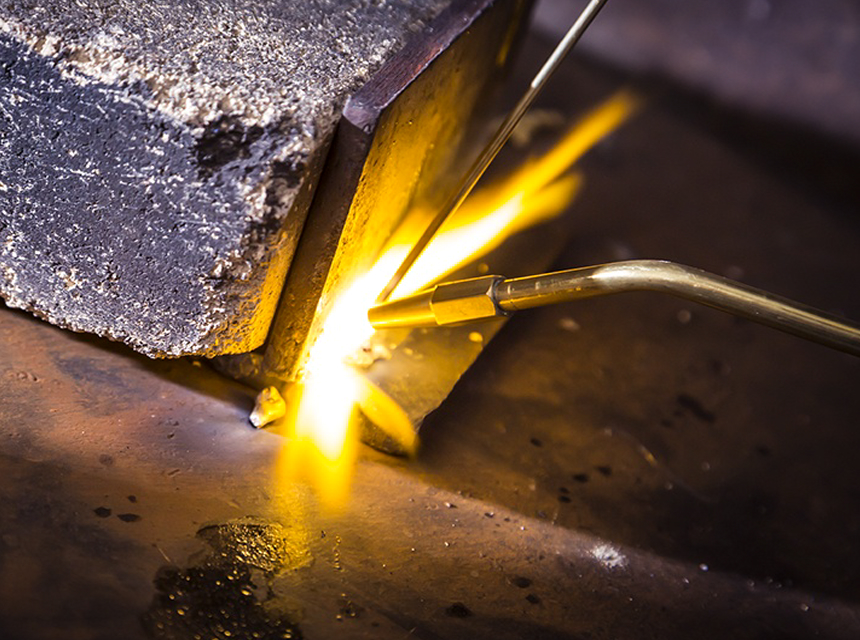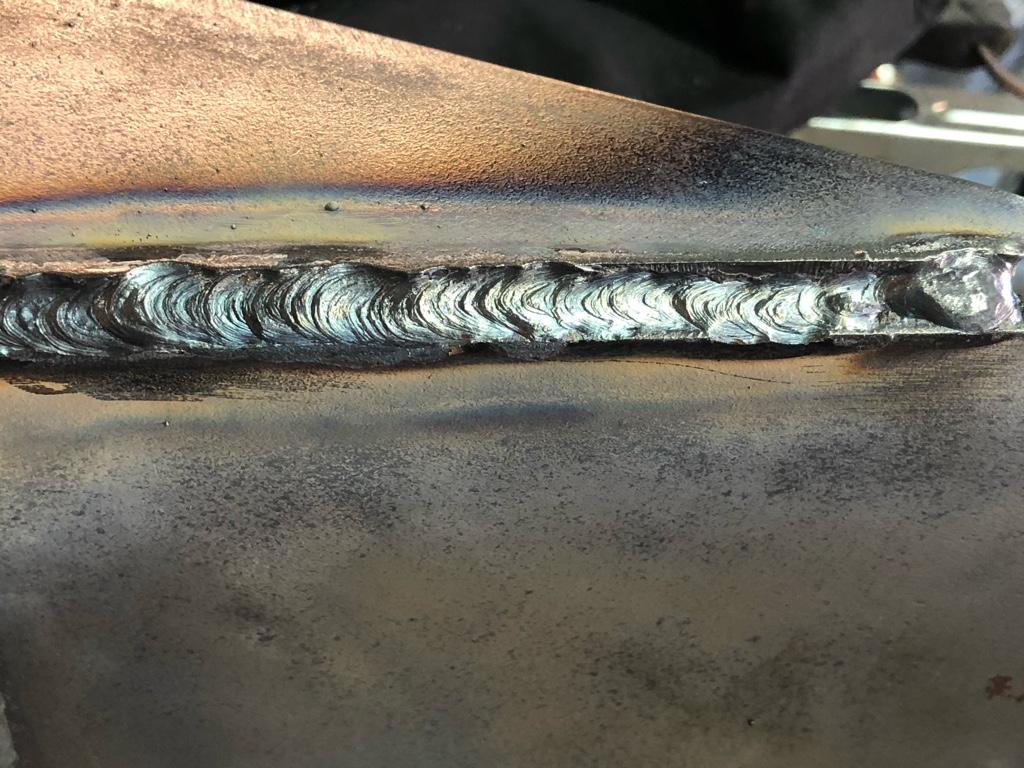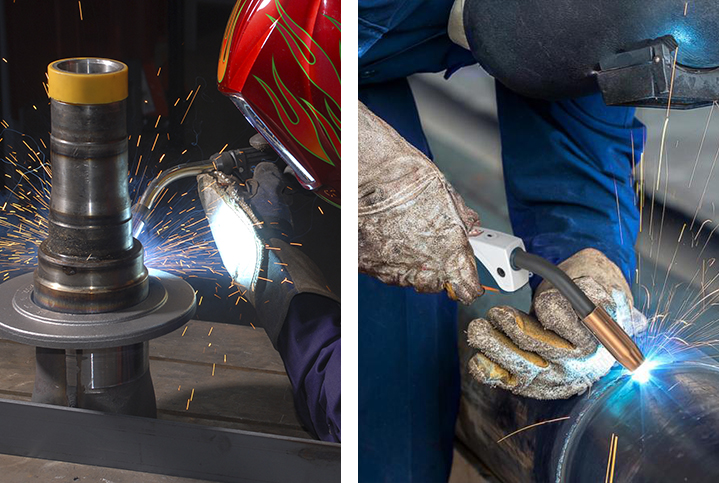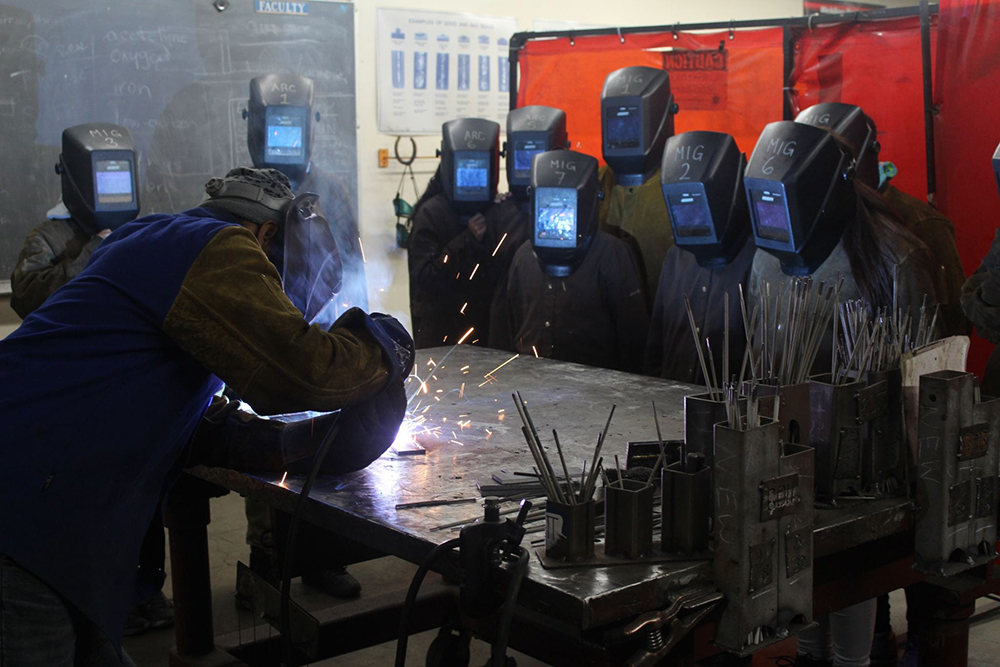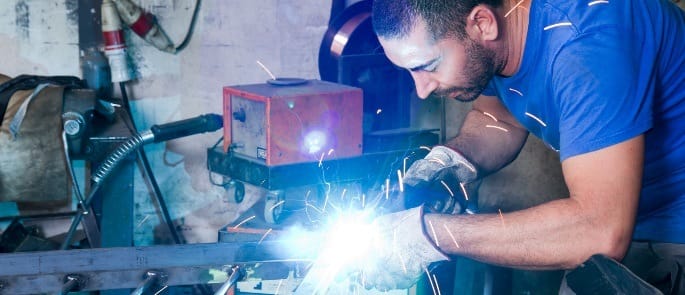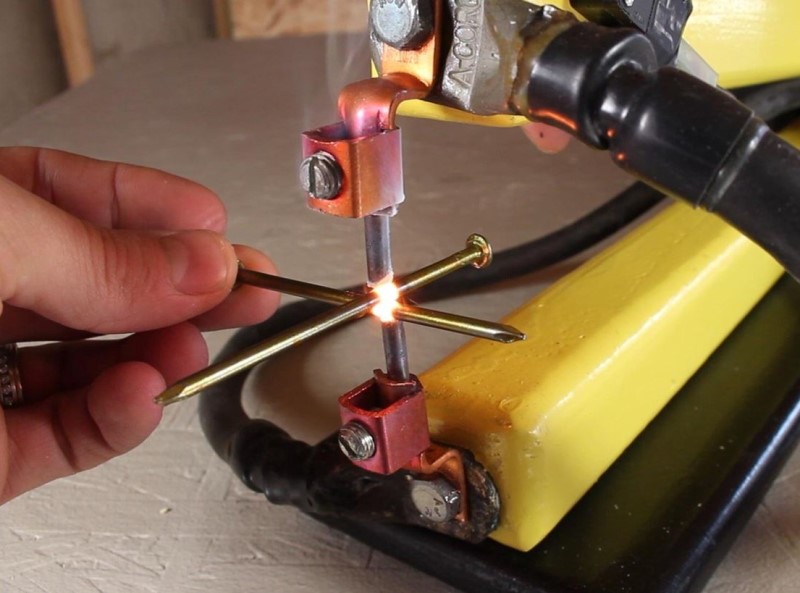

Welding is a pretty interesting process that involves joining two different pieces of material—mostly metal—together by using pressure, heat, or filler. Moreover, this process requires various welding techniques. Two of the most popular techniques among industry professionals are MIG and TIG welding. As their initials suggest, they’re pretty different welding methods.
However, how exactly do they differ? To help you learn the differences, we will put up MIG vs TIG welding and outline how they are used as well as their advantages & disadvantages. We won’t stop there. This article will also examine the differences between MIG and TIG welding based on some relevant factors.
Besides, by stacking up TIG vs MIG welding, we’re hoping to help you identify the better choice between the two welding techniques because frankly, we understand the headache that comes with trying to pick one over the other. Read on to learn the factors that must determine your choice.
If you’ve been wondering what TIG stands for, the acronym stands for Tungsten Inert Gas. What is TIG welding? Simply put, it employs long rods to join two metals together. Here, you’ll need your both hands to get the job done due to the filler material and the torch being separate.
However, this welding method doesn’t rely on filler material to work. Specifically, TIG welding can create a successful weld without filler material. Also, TIG welders control the amount of electricity that moves to the touch with the aid of a foot pedal.
Like TIG, MIG welding uses an electric arc to make the weld. But that doesn’t mean they’re the same. MIG—Metal Inert Gas—deploys a metal feed wire that moves through the gun to produce the spark and then melts to join your project together. This feed wire is responsible for running the filler material through both the torch and the liquefied metal.
Besides, inert gas shields the weld puddle from atmospheric elements so that you can effectively weld the metals.
By now, you know that TIG and MIG welding are different but how do they differ based on specific factors. The TIG vs MIG welding difference will be laid bare below:
In terms of speed, MIG welding is the winner because it can run constantly for longer periods. TIG welding, on the other hand, is much slower because of its huge focus on details. Of course, this is a great attribute but it affects the speed and makes it unsuitable for high production rates.
Metal thickness is another factor to consider when exploring the TIG vs MIG welding difference. Whether the contest is MIG vs TIG welding aluminum or MIG vs TIG welding steel, MIG welding works better for these metals and many others. Notwithstanding, you can still find the best TIG welder for aluminum. You expect exceptional travel speed and great control from the best welders for aluminum.
Moreover, MIG is perfect for thicker metals while thinner metals react better to TIG welding. This makes MIG the winner in the TIG vs MIG welding strength matchup.
As we mentioned before, these methods differ based on technique. While TIG welding requires operating the torch and feeding a filler material onto the weld with separate hands, MIG welding uses a wire electrode that is constantly fed through the gun to produce the weld with only one hand.
MIG vs TIG welding for beginners? MIG takes the crown because it is easier to learn and control for beginners while TIG welding requires expertise in timing and balancing materials with both hands.
TIG welding requires you to have the filler material in one hand and the welding torch in the other, which can be difficult for inexperienced welders. On the other hand, MIG welding constantly feeds wire, making it an easier technique.
MIG and TIG welders have their unique components and designs. The differences between the two equipment are to serve the different techniques, so there’s not much to worry about here.
However, if you’re not confident about finding the right TIG welder, for example, maybe the LOTOS TIG200ACDC TIG Welder will give you what you want thanks to its exciting features, including precise foot pedal welding, advanced cooling system, and compatibility with numerous metal materials.
Also, if you prefer a MIG welder, the TOOLIOM 200A MIG Welder may be the best fit for you as the numerous positive reviews suggest. This welder boasts a Synergic Adjustment Function and is easy to use for entry-level welders. Plus, it’s suitable for various functions. In case you’d like to settle for a high-quality 120V welder, the best 120V welders are out there.
MIG welding is the more effective choice because it works faster and is more readily available. TIG, on the other hand, is more expensive.
TIG and MIG both carry certain risks, including heavy fumes, electric shock, fire & explosion, etc, according to a 2015 study Trusted Source RISKS AND SAFETY MEASURES IN TIG WELDING PROCESS TIG welding is a method often used for joining of light metals and high-alloy steels and it contains a number of risks as with other arc welding… | Find, read and cite all the research you need on ResearchGate www.researchgate.net . However, we still consider TIG the safer choice because it is cleaner.
Besides, you can protect yourself from most of the risks by working in a ventilated area, having a fire extinguisher nearby, and wearing flame-resistant materials, as advised Trusted Source Welding - Overview of Types and Hazards : OSH Answers What is welding? Is there more than one type of welding process? What, in general, are the hazards associated with welding? www.ccohs.ca by the Canadian Center for Occupational Health and Safety (CCOHS).
As we tried to establish throughout this article, MIG and TIG welding are two common welding methods that are very different in terms of technique, performance, ease of use, speed, cost, safety, and other factors. We admit that choosing the better method can be tricky and that informed our MIG vs TIG welding comparison.
With the factors we mentioned up there, you can make an easy decision based on your needs and preferences. The pros and cons of each of the welding methods can also help you make an informed choice.
